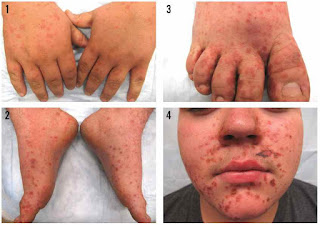Entradas
Mostrando las entradas de diciembre, 2015
| Lista de correo. Espere su aprobación. |
| Consultar este grupo |
Inactivation of Foot-and-Mouth Disease Virus by Commercially Available Disinfectants and Cleaners
- Obtener vínculo
- X
- Correo electrónico
- Otras apps
Capacity building in national influenza laboratories – use of laboratory assessments to drive progress
- Obtener vínculo
- X
- Correo electrónico
- Otras apps
Invitación al foro "Bioseguridad y Salud"
- Obtener vínculo
- X
- Correo electrónico
- Otras apps




